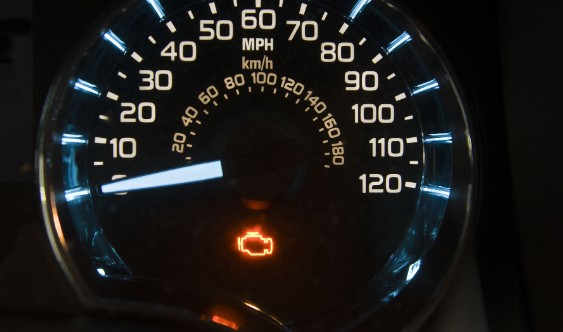Why is my car making that noise? I don’t see a check engine light, so it can’t be anything serious, right? Wrong. Just because your check engine light isn’t on, doesn’t mean there isn’t a problem with your car. In fact, there are a number of transmission problems but no check engine light. So, how do you know if your car is having transmission problems?
In this blog post, we will explore the signs of transmission problems and what you can do about them. From strange noises to leaking fluid, we will cover everything you need to know about diagnosing and fixing transmission problems.

Why Transmission Problems but No Check Engine Light?

If you’re experiencing transmission problems but no check engine light, it could be due to a few different things. First, it could be a problem with the transmission itself. If the transmission is slipping or shifting gears hard, it could be low on fluid or have a broken part. Another possibility is that the problem is with the engine, not the transmission. If the engine is misfiring or running rough, it can cause the transmission to shift gears hard or slip.
Finally, it could be an electrical problem. If the transmission control module (TCM) or other electronic component has failed, it can cause shifting problems without turning on the check engine light. If you’re having transmission problems and there’s no check engine light, the best thing to do is take your car to a mechanic and have them diagnose the problem.

What Does the Check Engine Light Mean?

If your check engine light is on, it means that your car’s engine is having a problem. The light can mean a lot of different things, and it’s important to get it diagnosed as soon as possible.
The check engine light could be indicating a minor problem, like a loose gas cap, or a more serious issue, like a misfire. If the light is on and blinking, that means the problem is more urgent and you should take your car to a mechanic right away.
If you’re experiencing transmission problems but no check engine light, it could be due to low transmission fluid levels, a faulty shift solenoid, or a worn-out clutch. These issues are typically less serious than what would trigger the check engine light, but they can still lead to big problems down the road if left unaddressed.

Common Causes of Transmission Problems

The most common cause of transmission problems is a fluid leak. The fluid helps keep the transmission cool and lubricated, so a leak can cause serious damage. There are many seals and gaskets in the transmission that can wear out and cause leaks.
Another common cause of transmission problems is a faulty solenoid. Solenoids are electromechanical valves that control the flow of fluid in the transmission. If one of the solenoids is not working properly, it can cause shifting problems or even prevent the transmission from shifting at all.
A clogged filter can also cause transmission problems. The filter helps to remove contaminants from the fluid, so a clogged filter can starve the transmission of clean fluid and lead to premature wear and failure.
Finally, improper installation or service of the transmission can also lead to problems. Make sure you use a reputable shop with certified technicians if you need any work done on your transmission.

How to Diagnose Transmission Problems?
In order to diagnose transmission problems, it is important to first identify the symptoms. Common symptoms of transmission problems include:
- The car hesitates or ‘slips’ when shifting gears.
- The engine revs up but the car doesn’t move as quickly as it should.
- The car feels like it’s ‘shuddering’ or ‘jolting’ when driving.
- There is a burning smell coming from the car.
If you are experiencing any of these symptoms, it is important to take your car to a mechanic and have it checked out as soon as possible. Transmission problems can often be difficult and expensive to fix, so it is important to catch them early.
How to Fix Transmission Problems?
If you’re having transmission problems but no check engine light, it can be tricky to diagnose the issue. However, there are a few things you can check to try and narrow down the problem.
First, check the transmission fluid level and condition. If it’s low or dirty, that could be the issue. You should also look for any leaks in the system.
Next, check the transmission filter to see if it needs to be replaced. clogged filter can cause shifting problems.
If those things don’t solve the problem, it’s likely an issue with the internal components of the transmission itself. This will require a professional diagnosis to fix properly.
If you have transmission problems but no check engine light, it could be a sign of a bigger issue. It’s important to get your car checked out by a mechanic as soon as possible so they can diagnose the problem and make the necessary repairs. Transmission problems can be expensive to fix, so it’s better to catch them early before they cause even more damage.

I had the same problem with my car. I was driving it and suddenly it felt like it was slipping when shifting gears. I thought it was the transmission at first, but it turned out to be a faulty shift solenoid. I was relieved to find out it wasn’t a major issue, but it was still an expensive repair. I think the article makes some really useful points about transmission problems but no check engine light. It’s important to get your car checked out by a mechanic if you’re having these symptoms, because it could be a sign of a bigger problem. Has anyone else had similar experiences? What solutions did you find?